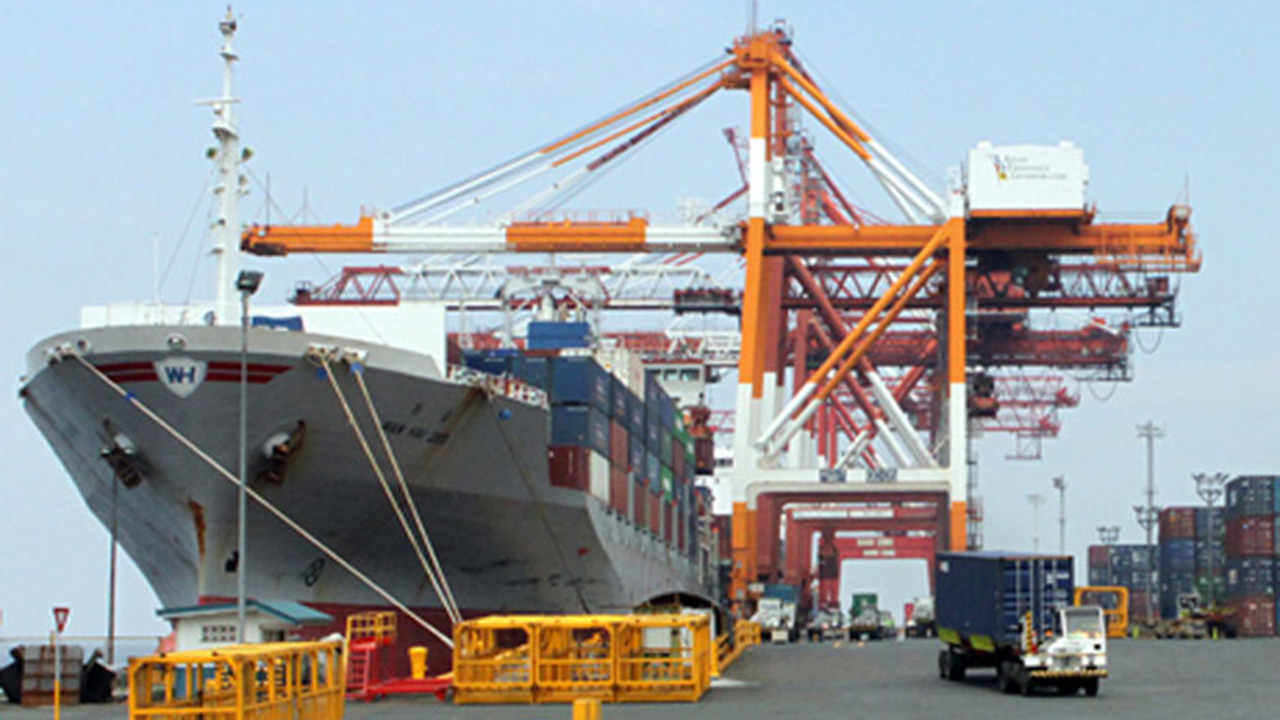
THE PHILIPPINES needs to grow by 9.4% annually until 2028 to have a change of elevating output to P80 trillion by 2036, the growth trajectory that the government had projected before the pandemic, an analyst said.
During a webinar on Jan. 26, GlobalSource country analyst Diwa C. Guinigundo said while growth in the Philippines bounced back in 2022 despite the setbacks from the pandemic, more still needs to be done.
“The enormous drop in economic activity during the pandemic and the relatively modest economic growth in subsequent periods pose a big challenge,” according to Mr. Guinigundo, a former central bank deputy governor.
“Before the pandemic, we were looking at a higher trajectory of growth, inching towards P80 trillion in 2036 from 2022’s P22 trillion. To overcome this setback, growth has to average 9.4% through 2028 to return to the original path,” he said.
The Philippine Statistics Authority (PSA) estimated the nominal gross domestic product (GDP) of the Philippines at P17.2 trillion as of the third quarter.
“If we go to the government’s target of around 7-8% annually, by 2036, we might be reaching only P60 trillion,” Mr. Guinigundo said.
Under the medium-term macroeconomic assumptions of the Development Budget Coordination Committee (DBCC), the economy is targeted for an expansion of 6.5-8% each year until 2028.
“We need to concentrate on strengthening our governance and institutions to help in a generalized effort to capitalize on our favorable demographics, emerging industrial structure, and international trade,” he said.
The economy may have slowed in the fourth quarter last year, with GDP growth of 5.7%, according to a median forecast of 20 economists polled by BusinessWorld.
If realized, the fourth-quarter GDP growth would underperform the 5.9% performance in the third quarter and the 7.1% expansion in the fourth quarter of 2022.
The poll also yielded a median estimate growth of 5.5% for 2023, missing the DBCC’s 6-7% GDP growth target. This would lag the 7.6% expansion in 2022 and the weakest since the 9.5% contraction in 2020.
The PSA will announce fourth-quarter and full-year GDP data today.
Meanwhile, Mr. Guinigundo said price pressures have eased since September. The impact of some supply shocks was mitigated in the fourth quarter through higher imports and lower tariff duties.
Headline inflation eased to a 22-month low of 3.9% in December, from 4.1% in November. It marked the first time that inflation fell within the BSP’s 2-4% target band after 20 months, from a peak of 8.7% in January 2023.
Inflation accelerated to 6% in 2023 from 5.8% in 2022. It breached the 2-4% target band for the second straight year amid soaring food and oil prices.
However, upside risks to inflation remain, and the Bangko Sentral ng Pilipinas (BSP) is expected to keep policy rates higher for longer, according to Mr. Guinigundo.
“I don’t believe the BSP will start moving in the first half of 2024. It is very clear that the risk-adjusted inflation forecast of the BSP continues to exceed the 2-4% at 4.2%,” he said.
The central bank’s key interest rate currently stands at 6.5%, the highest in 16 years. This was after the BSP emerged as the most aggressive central bank in the region after raising key policy rates by 450 basis points (bps) from May 2022 to October 2023.
BSP Governor Eli M. Remolona has said inflation may settle within the 2-4% target band in 2024 and 2025, citing the central bank’s baseline forecast. The BSP sees inflation averaging 3.7% this year and 3.2% in 2025.
However, should risks materialize, the BSP’s risk-adjusted forecasts show that inflation could settle above the 2-4% target, or at 4.2%, this year before reverting to 3.4% in 2025.
“The BSP will be expected to move in the second half of 2024, and that is when the risk-adjusted inflation forecast shows within-target readings of their forecast,” Mr. Guinigundo said.
A longer-than-expected El Niño episode in the Philippines could also lead to higher inflation, he said. El Niño is expected to be strong in the first quarter, but the weather event may continue to moderate until May.
“With the prolonged dry spell, power rates are bound to rise and food commodities become more prohibitive due to lower production,” he said.
“With higher inflation likely a possibility, this could also affect consumer spending and ultimately growth,” he said.
Mr. Guinigundo noted that the Philippines needs more structural reforms in agriculture.
“We should start with rice, corn, and other crops… It is important that rice trade is rationalized and rice production is given more assistance from the government in terms of infrastructure,” he said.
“The farmers themselves should be provided education to realize that they’re not farmers but consumers,” he added. — Keisha B. Ta-asan



